PROJECT OVERVIEW
DNA provides a unique window into the past, present and future of a species. We can use it to understand evolutionary history, characterize patterns of population structure and uncover the origin of traded wildlife. Manta Trust scientists are making use of advances in DNA sequencing technologies together with samples collected from all over the world to improve our understanding of manta and mobula rays.
Due to unsustainable levels of exploitation, all manta and devil ray are listed on CITES Appendix II. However, morphological similarities and taxonomic uncertainties make their identification challenging. Because of this, it is very difficult to know which species are suffering most under fishing and trade pressure. This project sets out to provide a genetic means of identification to both monitor fisheries and aid in the enforcement of CITES regulations.
Manta and devil rays are found in tropical oceans throughout the world however we know very little about how populations are connected. Through examining genetic differences in devil ray populations worldwide, we can get a better idea of connectivity and gene flow. This information is critical for developing appropriate management recommendations and understanding vulnerability to extinction.
PROJECT GOALS
The focus of the Mobulid Genetics Project is to develop tools for the conservation and management of manta and devil rays worldwide. We are working to resolve mobulid taxonomy and uncover the factors driving the recent speciation within devil rays on a genome-wide scale. Furthermore, this project aims to characterise global population structure and infer demographic history to make robust conservation recommendations. Finally, we are working to provide a genetic means of species identification to both monitor fisheries and aid in the enforcement of CITES regulations.
Main Objectives
Develop and maintain a global biobank of mobulid genetic samples.
Characterise population structure and demographic history of manta and devil rays worldwide to support effective management planning.
Develop a genetic toolkit for species and population traceability of manta and devil rays in fisheries and trade.
Disseminate progress and results to both the public and a scientific audience.

PROJECT LEADER - DR EMILY HUMBLE
Emily uses genetic and genomic tools to address questions in evolutionary and conservation biology and has a particular interest in working with charismatic marine species. In 2011, she encountered her first manta ray whilst working as a researcher for the Maldives Manta Conservation Programme. Fascinated by these captivating animals, she travelled to Fiji to catch a glimpse of the black morph manta and later to Sri Lanka, to get a feel for the extent of exploitation facing the species. With so little known about the genetics of the entire mobulid family, Emily realised the opportunity to combine her two passions and went on to establish the Manta Ray Genetics Project with the Manta Trust. Emily has since worked on a range of other species from mako sharks to Antarctic fur seals and is currently based at the University of Edinburgh where she is a Research Fellow in Conservation Genomics.
Dr Jane HosEgood
Whilst studying for an undergraduate degree in Zoology at the University of Sheffield, Jane was introduced to the importance of genetics when considering conservation and management strategies for wildlife populations, and decided that research in this area was something she was passionate about pursuing. She then went on to complete an MRes in Biodiversity and Conservation at the University of Leeds where she specialised in conservation genetics. It was whilst studying for her Masters that Jane was given the opportunity to join the Manta Trust Genetics Project and study for a PhD at the Molecular Ecology and Fisheries Genetics Laboratory at Bangor University. As part of this project, Jane generated a large genomic dataset for manta and devil rays and used this to investigate species boundaries and population structure at a global scale. Jane completed her PhD in 2019 and the results of this work will be invaluable for the future conservation of these species.
PROJECT PARTNERS
The Manta Trust Genetics Project is based within the Conservation Science group at the University of Edinburgh. The project has benefited from supervisory and technical support from the Molecular Ecology and Fisheries Genetics Laboratory at Bangor University, the TRACE Wildlife Forensics Network and the NERC Biomolecular Analysis Facility. This important work is made possible by generous support from the Save Our Seas Foundation, the Royal Zoological Society of Scotland, the People’s Trust for Endangered Species, the Fisheries Society of the British Isles, the Genetics Society and the Natural Environment Research Council (NERC) through the ENVISION DTP. This project also maintains collaborations with manta and mobula researchers all over the world.

Key Achievements
Used DNA sequencing data from mobula and manta ddRAD libraries to discover tens of thousands of genetic markers across hundreds of individuals.
Reconstructed the complete phylogeny of mobulid species which has important implications for global conservation.
Established collaborations with organisations and researchers worldwide to build the world’s most widespread set of mobulid tissue samples.
Presented at many international conferences including the 2016 Fisheries Society of the British Isles conference and the 2017 Society for Wildlife Forensics Meeting.
Data represented at CITES CoP17 in support of the successful proposal to list all Mobula species on CITES Appendix II.
















